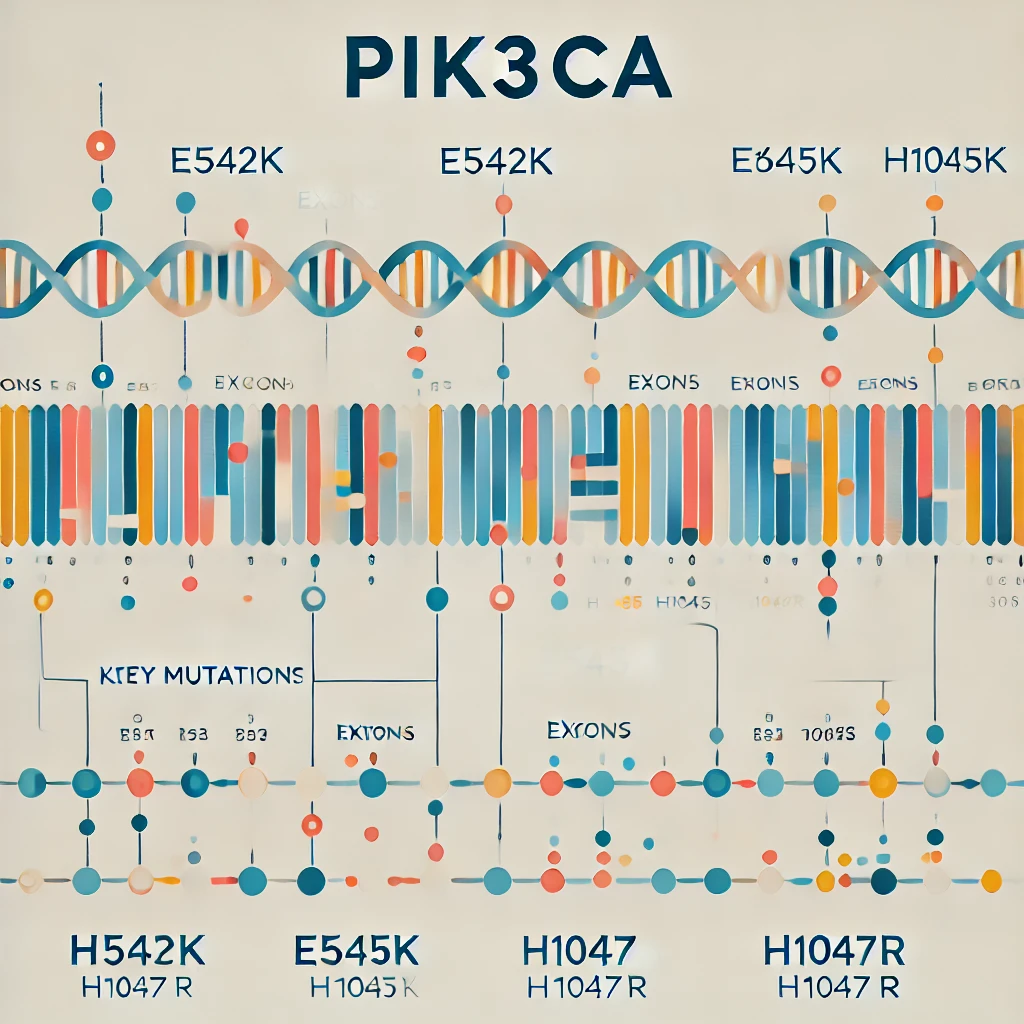Key Features
People with PROS may experience various symptoms, including:
- Overgrowth of limbs, skin, or organs: Growth may be uneven, such as one arm or leg being larger than the other.
- Vascular issues: Abnormal blood vessel growth can lead to hemangiomas (benign vascular tumors), lymphatic malformations, and other complications.
- Facial or cranial abnormalities: Some individuals may have asymmetrical growth of the skull or face.
- Other physical complaints: Potential problems include pain, fatigue, or difficulty moving, depending on the location and extent of the overgrowth.
Causes
PROS is caused by a change (mutation) in the PIK3CA gene. This mutation occurs randomly after conception and is not inherited from the parents. It is not a hereditary condition. The mutation is typically present in only a portion of the body’s cells, meaning that some tissues and organs have the mutation while others do not. This phenomenon is called “mosaicism.”
Diagnosis
The diagnosis of PROS is based on physical features and genetic testing to confirm the PIK3CA mutation. A specialist often uses imaging techniques (such as MRI) and genetic testing to establish the condition.
Treatment
There is currently no cure for PROS, but treatments exist to manage symptoms and complications:
- Surgical procedures: Surgeries may be performed to reduce overgrowth or relieve pain and other symptoms.
- Medication: Research is ongoing into drugs that can inhibit the PIK3CA pathway, such as alpelisib, to reduce overgrowth.
- Supportive care: Physical therapy, occupational therapy, and psychological support can help improve quality of life.
Living with PROS
PROS can have a significant impact on daily life. Regular medical monitoring is essential to address issues promptly. Families may benefit from working with specialized teams and connecting with patient organizations for support and information.
Summary
PROS is a rare, non-hereditary condition that causes excessive tissue growth due to a mutation in the PIK3CA gene. The condition is complex and varies greatly from person to person. While there is no cure yet, various treatments can help manage symptoms and improve quality of life.
